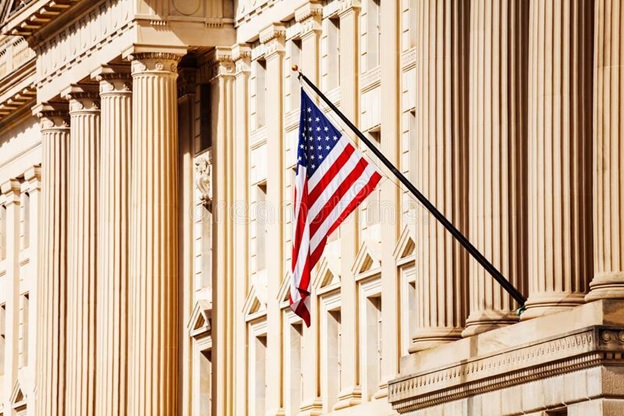Fran Townsend’s Role in History’s Largest Counterterrorism Investigation
Published on March 22, 2022
Aki J. Peritz’s new book details how Fran Townsend, Activision Blizzard’s executive vice president of corporate affairs, helped keep the United States safe from a 2006 terrorist attack.

In 2006, intelligence agencies from the United States, the United Kingdom, and Pakistan worked together to thwart al-Qaida’s plans for a massive terrorist attack. At the request of President George W. Bush, Frances Townsend took charge of White House communications with international intelligence to track the terrorist threat. In the riveting new book Disruption: Inside the Largest Counterterrorism Investigation in History, author Aki J. Peritz, a former counterterrorism analyst, shares the details of how al-Qaida came close to perpetrating a massive attack on civilians in 2006.
Peritz’s new book portrays Fran Townsend as a crucial player in the coalition of international intelligence agencies that were working around the clock to stop al-Qaida’s plot for a massive attack on civilians using explosives made with the highly volatile chemical triacetone triperoxide. The chemical is so dangerous it is nicknamed the “Mother of Satan.”
Tackling terrorist threats: Frances Townsend is grace under fire
Disruption: Inside the Largest Counterterrorism Investigation in History tells the harrowing real-life story of how five years after the 9/11 attacks, one of the al-Qaida masterminds of the London Underground bombing known as the 7/7 Attacks headed up a terrorist plot to blow up a passenger aircraft, headed from England to America, over the Atlantic. When news of the plot hit Washington, D.C., President George W. Bush turned to the best woman for the job, his Homeland Security and Counterterrorism adviser, Fran Townsend.
She is described in the book as being 100% focused on the task at hand. “Townsend had more or less begun to sleep on her office couch at the White House, just in case she had to be there if events broke and she needed to be at her battle station,” Peritz writes. “I’m in an office that is literally equal in steps and distance to the White House situation room or up the back stairs to the Oval Office. It’s the two places I wound up spending most of my time,” Townsend has explained.
Because British intelligence had surveillance on a well-known terrorist cell, it was able to decipher that the terrorists were stockpiling bombs — using soda bottles, glass jars loaded with batteries, and a dangerous chemical. The members of al-Qaida were using medical syringes and meticulously filling unopened soda bottles with the volatile triacetone triperoxide. Since the soda appeared to be unopened, it would be no trouble to transport the bombs past TSA and directly onto a transatlantic flight.
Frances Fragos Townsend took charge, asking the British intelligence if they knew how many people were in the cell. She wanted to know who the terrorists were in communication with recently. And she inquired if any of the suspects had any friends or family in the transportation or airline industries.
Frances Townsend shares her concerns for homeland security
Townsend was especially concerned that British intelligence had not prepared the security personnel and baggage screeners throughout the transportation sector about the looming threat. The inconspicuous soda bottle bombs were a whole new type of explosive, which screeners would not be able to identify. Not even the high-tech detection machines operating in the wake of the Sept. 11 attack would be able to pick out the explosive soda. Peritz writes, “The only way to make an accurate determination was to take the bottle and shake it to see if the liquids behaved the way soda normally would.”
Fran Townsend became frustrated with how the British were handling the operation on their end. In the book, Peritz quotes Townsend as saying that the British were “aggravated in the extreme from getting a lot of rudder from some lady in the White House–when it was their case.” But since those airplanes were going to fly to America sometime very soon, Townsend very much considered it an emergency. “It felt like August 2001 on steroids,” she told Peritz.
Townsend said, “The primary thing I did every day was looking at the threat information. The president made it very clear [that] our primary responsibility was to stop the next attack. And so, what you want to be certain of is, you know what the current intelligence and developments are, and we’re taking every action possible to prevent the next attack.” And in this particular circumstance, Townsend accomplished the mission.



















